Kitchen design is not just about aesthetics; it’s also about functionality. One of the essential aspects of kitchen design is ergonomics. Ergonomics is the science of designing products, systems, and environments that fit the person who uses them. In kitchen design, ergonomics is all about creating a space that is comfortable, efficient, and safe to work in.
Why is Ergonomics Important in Kitchen Design?
An ergonomic kitchen design takes into account the physical and functional needs of the user. It ensures that the kitchen is designed to reduce the risk of injury, increase productivity, and improve the overall quality of life. Here are some reasons why ergonomics is important in kitchen design:
- Reduces the risk of injury: Ergonomic kitchen design helps to reduce the risk of injury by minimizing physical strain and stress. It ensures that the kitchen layout and design are optimized to prevent accidents and injuries.
- Increases productivity: An ergonomic kitchen design makes it easier to move around and work efficiently. It ensures that the kitchen is designed to facilitate the flow of work and minimize the time and effort required to complete tasks.
- Improves the quality of life: An ergonomic kitchen design can improve the overall quality of life by reducing physical discomfort and strain. It ensures that the kitchen is designed to be comfortable and easy to use, even for people with physical limitations.
Elements of an Ergonomic Kitchen Design
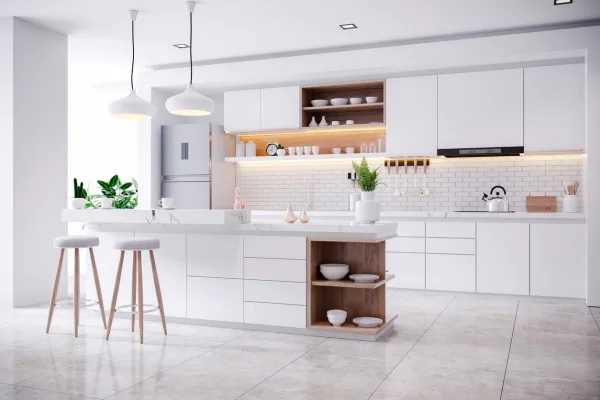
An ergonomic kitchen design takes into account the physical, functional, and aesthetic needs of the user. Here are some elements of an ergonomic kitchen design:
- Layout: The layout of the kitchen should be designed to facilitate the flow of work and minimize the distance and effort required to move between different areas.
- Height: The height of the countertops, cabinets, and appliances should be designed to accommodate the user’s height and reduce the risk of physical strain and discomfort.
- Lighting: Adequate lighting is essential for a functional and safe kitchen. The lighting should be designed to eliminate shadows and glare and provide sufficient illumination for all tasks.
- Storage: The storage in an ergonomic kitchen should be designed to make it easy to access and organize items. It should also be designed to minimize the need for bending, stretching, and reaching.
- Appliances: The appliances in an ergonomic kitchen should be designed to be easy to use and accessible. They should also be designed to reduce the risk of injury and physical strain.
Ergonomics is an essential aspect of kitchen design. It ensures that the kitchen is designed to be functional, safe, and comfortable for the user. An ergonomic kitchen design can reduce the risk of injury, increase productivity, and improve the overall quality of life. When designing a kitchen, it is essential to consider the physical, functional, and aesthetic needs of the user to create a space that is both beautiful and functional.

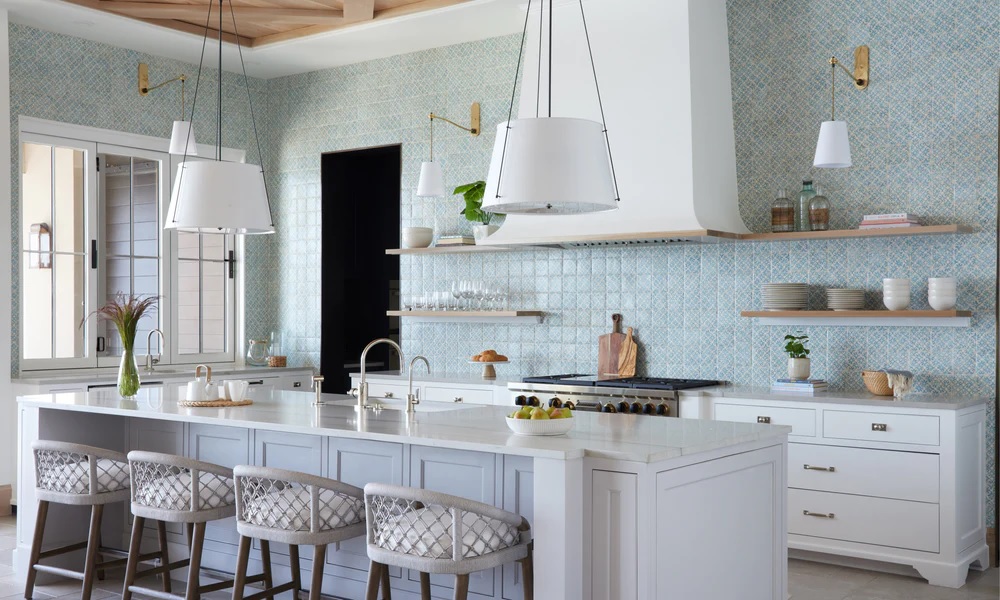
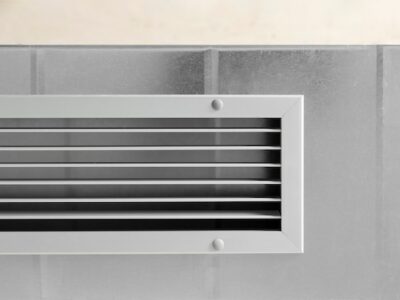


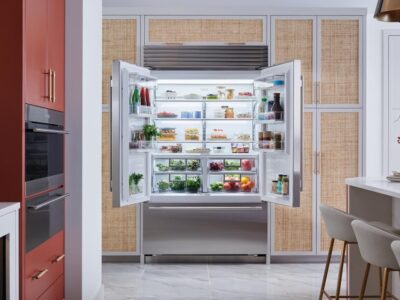

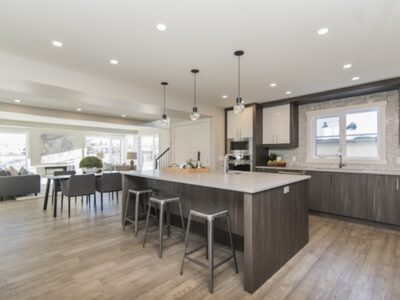





Comments